May 24, 2025
Author:Sam Wonder
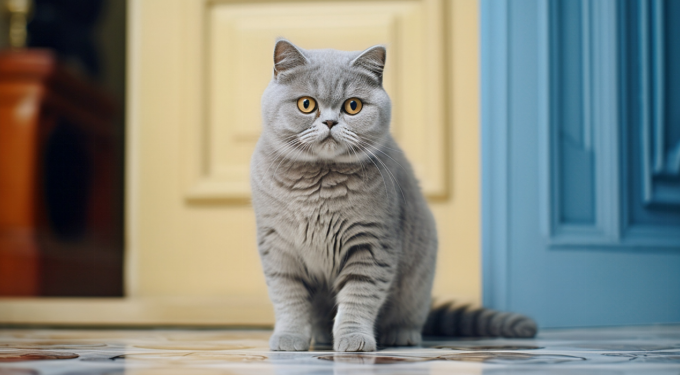
Have you ever wondered how long can a cat go without pooping before it becomes a problem? Watching your cat’s bathroom habits can help you spot health issues early. If your cat hasn’t used the litter box in a while, it might be a sign of constipation or something more serious.
Knowing what’s normal and when to be concerned can help you care for your cat better. In this article, you’ll learn how often cats usually poop, signs of constipation, possible causes, simple home tips, and when it’s time to call the vet. These helpful tips will keep your cat feeling good and healthy.
Most adult cats tend to relieve themselves once or twice daily, with intervals ranging from twelve to thirty-six hours. Kittens digest food more quickly and may poop up to three times a day, while seniors sometimes slow down and move less often.
When you feed your cat quality meals—whether fresh or processed—it supports proper nutrient absorption and helps maintain a steady schedule. If your cat enjoys drinking from a fountain, you’ll want to keep it in top condition by following a care guide so that water intake stays high.
Healthy stool is dark brown. It holds its shape in the litter box and is slightly springy when you press it. You shouldn’t see more than a little residue after your cat digs. Odor is normal but not overpowering. If color, shape, or smell changes, it can mean a digestive issue.
Generally, healthy adult cats can skip a litter-box visit for up to forty-eight hours without raising the alarm—provided they continue eating, drinking, and playing as usual. If a kitten hasn’t pooped within twenty-four to thirty-six hours, you should watch closely, because young cats dehydrate faster. Once your pet fails to defecate for between forty-eight and seventy-two hours, hardened stool can build up in the colon, making the next visit painful or impossible. At that point, constipation is likely, and you may see your cat strain, meow in discomfort, or even vomit due to the stress of a backed-up system.
Allowing a cat go without pooping beyond seventy-two hours risks serious conditions. Obstipation, where stool becomes too hard to pass, can escalate into megacolon, a chronic dilation of the colon that sometimes requires surgery. Foreign materials or excessive hairballs can create complete blockages, threatening your cat’s life if not cleared. Pay attention to any sign of discomfort—if you note a gap of more than three days in the litter-box log, it’s time to seek professional help.
A lack of fiber or low water in the diet can slow stool transit. Switching foods too fast can upset digestion, causing a temporary pause.
Over-grooming leads to hairballs that block the colon. Running into a bit of cat hair can spell trouble. Cats may also swallow strings or small toys that cannot pass naturally.
Illnesses like kidney disease or diabetes make a cat prone to dehydration. Any drop in fluid can lead to hard stools. For tips on guarding your cat’s kidney health, keep annual exams.
Neurological issues or muscle weakness can stall colon contractions. Chronic diseases—such as hyperthyroidism or inflammatory bowel disease—also slow waste movement.
A move to a new environment or a change in furniture can stress a cat. Stress often halts bowel routines. Dirty or hard-to-reach litter box setups can also lead to holding it in. Pain from arthritis may make squatting too painful to attempt.
● Intraluminal: Blockages inside the gut, like hairballs.
● Extraluminal: Pressure from outside, such as tumors.
● Intrinsic: Nerve or muscle issues within the gut wall.
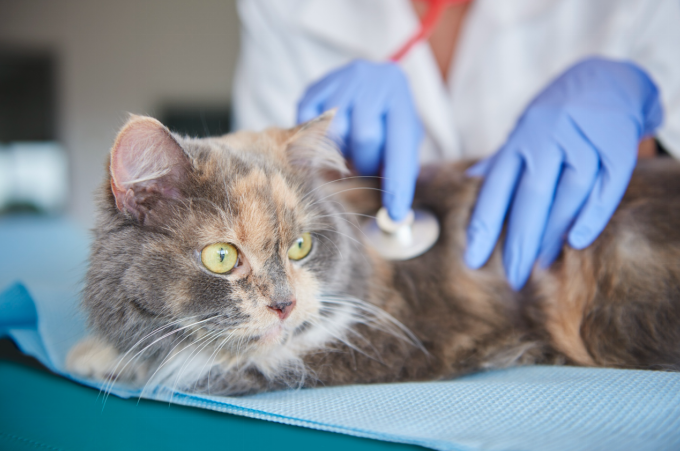
When constipation sets in, your cat’s stool often becomes hard, dry, and pellet-like. You may notice small fragments or none at all, despite repeated trips to the litter box. Sometimes you’ll see traces of blood or mucus on the top layer of feces, indicating irritation. Behavior changes provide another clue: your cat might circle the box, scratch at the floor outside it, or vocalize in pain while straining. Some cats avoid the litter box altogether and choose corners or beds instead, simply to escape the discomfort.
A constipated cat frequently shows systemic symptoms, too. Appetite drops, energy levels plunge, and vomiting may follow as the body reacts to the stalled waste. A firm or swollen belly that looks or feels tender confirms the issue. By keeping a record of every visit, you’ll clearly see if a cat go without pooping has become more than a brief irregularity.
You can often encourage regular movements with dietary tweaks at home. Introducing wet food increases moisture intake, softening stool and promoting easier passage. Mixing in a small spoonful of plain, canned pumpkin supplies gentle fiber that won’t irritate the gut. Swimming between dry kibble and canned food also prevents digestive shocks from sudden diet changes. For cats reluctant to drink, adding a dash of tuna juice or low-sodium broth to water can entice them back to the bowl.
Daily play and light exercise help keep the intestines active. Short chase sessions with feather toys or laser pointers work wonders. A gentle circular massage on the belly can also stimulate movement, but be careful to stop if your cat shows any sign of discomfort. Maintaining a tidy, quiet litter box in an accessible spot addresses common litter habits issues that cause stress. And if your feeding routine needs structure, consider a scheduled approach like the stress-free automatic feeder method to keep meals—and digestion—predictable.
Avoid using human laxatives, as they can be toxic to cats. If home strategies fail and worrying signs persist, skip remedies and call your veterinarian without delay.
A gap of seventy-two hours or more without a stool indicates that professional care is necessary. If your cat refuses food, vomits repeatedly, or shows severe lethargy, you must seek prompt attention. During the exam, your vet will gently palpate the abdomen to feel for hardened stool or swelling. Imaging tests such as X-rays or ultrasounds can uncover megacolon or hidden blockages caused by hairballs or foreign objects. Blood panels and urine analysis reveal any kidney or thyroid issues undermining hydration and motility.
Treatment may begin with fluid therapy, either under the skin or intravenously, to rehydrate and soften existing stool. Enemas or manual removal might be required for stubborn obstructions. In chronic or severe cases, your vet could prescribe stool softeners or motility drugs. Surgery remains rare but may become the last resort for megacolon or impactions. If you’ve kept a log showing how long a cat go without pooping, sharing that timeline and any home-care steps you tried will help your vet choose the right approach.
Consistent prevention revolves around a balanced diet rich in moisture and moderate fiber. Avoid abrupt meal changes, and ensure fresh water is always available—consider pet-friendly hydration tips to boost interest in drinking. Daily interactive play stimulates gut activity, while regular grooming limits hair ingestion in long-haired breeds.
Keep one more litter box than the number of cats in your home, clean them daily, and place them in quiet spots to reduce avoidance. Yearly veterinary check-ups catch underlying conditions before they slow digestion. These steps work together so it’s rare that a cat go without pooping becomes a problem.
Young kittens need a movement every twenty-four to thirty-six hours. Those under three weeks cannot eliminate on their own; after feeding, gently stroking their lower belly with a warm, damp cloth encourages them to go.
Following a kitten feeding schedule ensures their tiny bodies receive enough nutrition and moisture to support regular bowel function. If a kitten exceeds forty-eight hours without pooping, dehydration and blockages can develop quickly. In such cases, contact your vet immediately for guidance.
Healthy cats typically poop every twelve to thirty-six hours, and kittens move even more often. While an adult skipping up to forty-eight hours may still be fine, any gap beyond seventy-two hours or clear signs of strain calls for action. By observing your cat’s habits, maintaining a balanced diet, encouraging hydration and exercise, and keeping a clean litter area, you’ll greatly reduce the chances a cat go without pooping. Should concerns arise, document the timeline, note any home treatments, and consult your veterinarian without delay. Prioritizing your cat’s digestive health means more comfort for your pet and greater peace of mind for you.
Label:
Popular Post
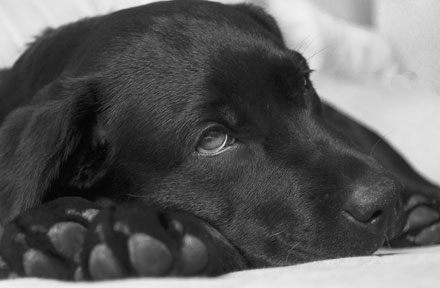
What to Feed a Sick Dog With No Appetite? [2025 Guide]
May 16, 2023
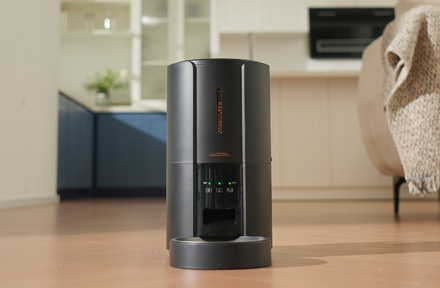
Troubleshooting Common Issues with Automatic Pet Feeders: Tips & Tricks for Pet Owners
Oct 26, 2023
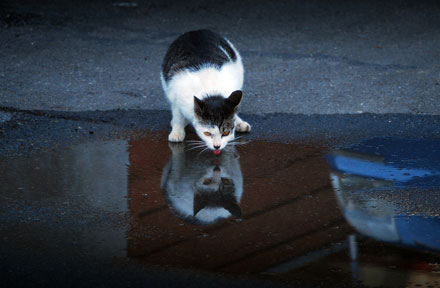
Why Does My Cat Cough After Drinking Water? 8 Potential Reasons
Mar 13, 2023
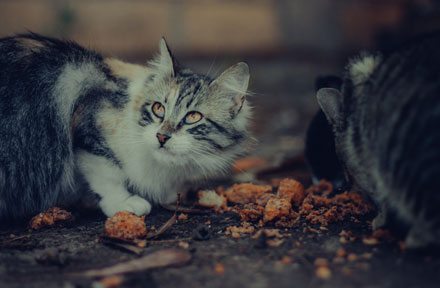
My Cat Only Eats A Little at A Time - What to Do?
Feb 27, 2023
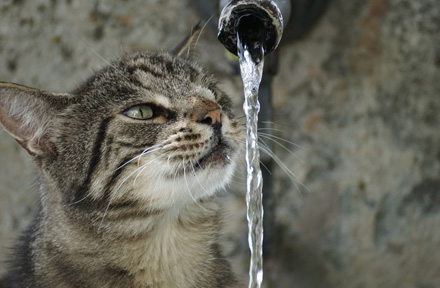
Why is My Cat Throwing up Water? Top 5 Causes Here
Feb 08, 2023
$99.99
$129.99
Copyright © 2025 WOPET. All Rights Reserved.